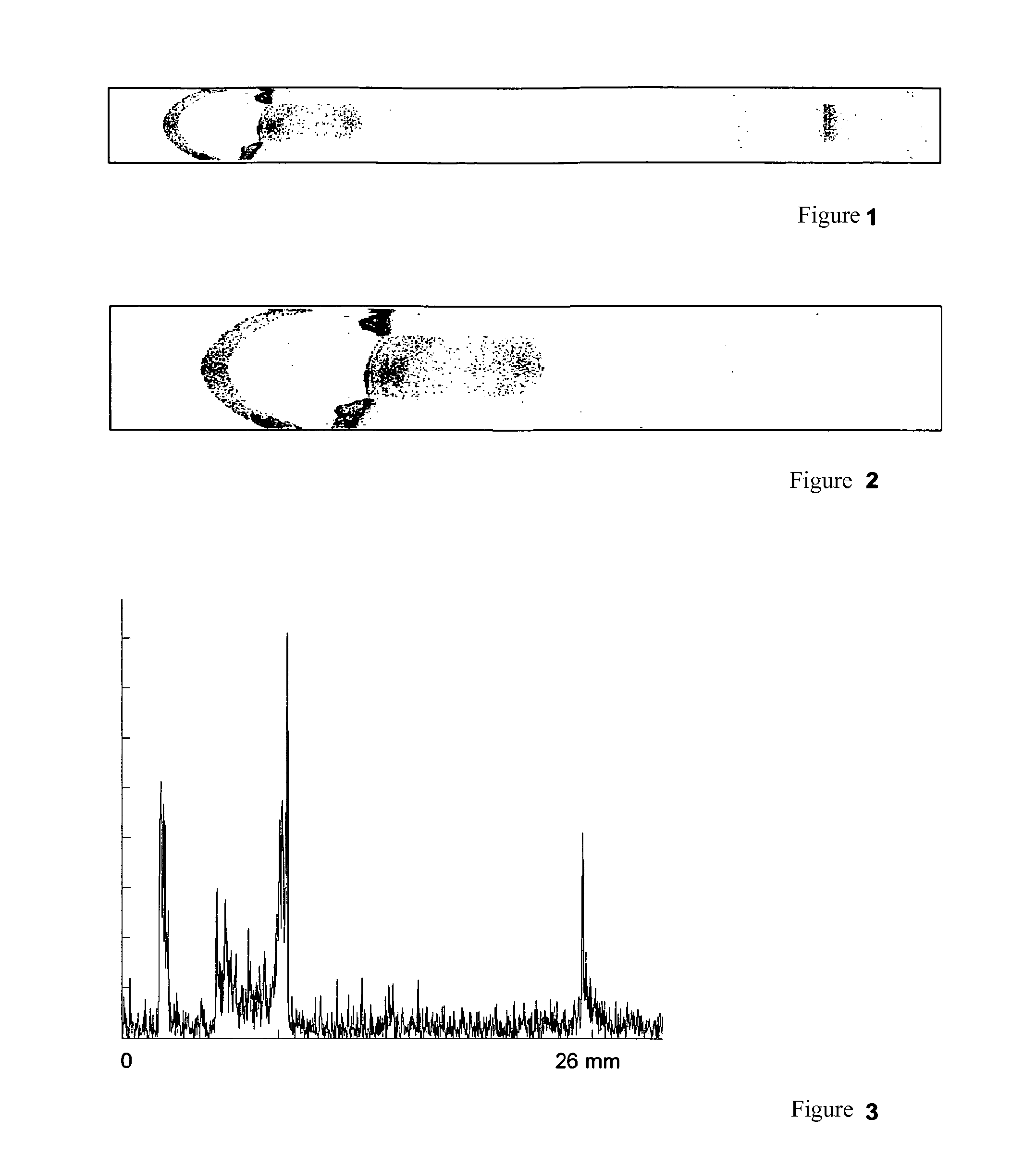Method for the model-based determination of the biometry of eyes
- Summary
- Abstract
- Description
- Claims
- Application Information
AI Technical Summary
Benefits of technology
Problems solved by technology
Method used
Image
Examples
Embodiment Construction
[0047]In the method according to an embodiment of the invention for the model-based determination of the biometry of eyes, based on optical coherence tomography (OCT), the eye is illuminated by a light source via a scanning unit, the focus of the measuring light beam in the eye is moved or switched laterally and / or axially by application of an adjusting device, and the light components back-scattered from the boundary surfaces and from the tissue of the eye are detected by a sensor via an interferometer and relayed to a control and evaluation unit. The control and evaluation unit adapts a parametric eye model, which describes at least two boundary surfaces present in the eye, to the scan or scans, derives the biometric measured values from the model, and represents individual or all scans and / or the adapted eye model via a user interface.
[0048]The adaptation of the parametric eye model to the scan or scans is carried out in such a way that the model describes the actual structures o...
PUM
 Login to View More
Login to View More Abstract
Description
Claims
Application Information
 Login to View More
Login to View More - R&D
- Intellectual Property
- Life Sciences
- Materials
- Tech Scout
- Unparalleled Data Quality
- Higher Quality Content
- 60% Fewer Hallucinations
Browse by: Latest US Patents, China's latest patents, Technical Efficacy Thesaurus, Application Domain, Technology Topic, Popular Technical Reports.
© 2025 PatSnap. All rights reserved.Legal|Privacy policy|Modern Slavery Act Transparency Statement|Sitemap|About US| Contact US: help@patsnap.com



